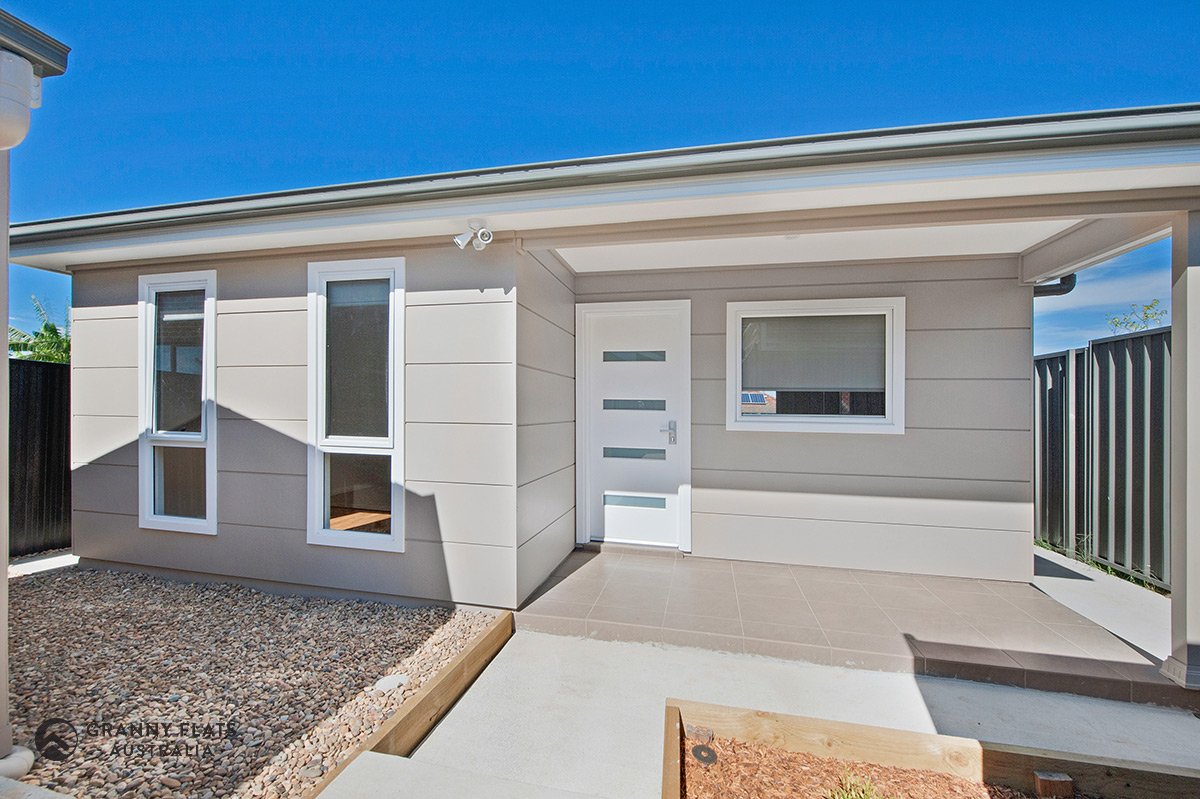


You could see this as an opportunity to improve family relationships as it allows grandparents the chance to spend more time with their children and grandchildren and vice-versa. When you factor that against the cost of an annexe from a brand such as Norwegian Log – whose pre-fabricated granny annexes starts from £88,205 – it works out as nearly the same as an annual price for a care home for two. On average, the yearly cost of living in a residential care home in the UK is £33,792, while the average yearly cost of receiving nursing care in a care home is £42,624 according to .uk. While moving into a care home may be the only option for some, if your elderly relative is able to live independently, building a granny flat or annexe may make more financial sense. (Image credit: Julian Cornish-Trestrail for Robert Dye Architects) 2. This results in shared living spaces between the granny flat and the main house. Usually, although not all the time, the extension or the converted space only adds a bedroom and bathroom. This is often a ground-floor extension added to the main family home, or an existing part of the house, such as the loft, that has been modified to accommodate an older family relative. As long as it has good natural light and isn’t an awkward shape, it can be flexible for any use'. 'Our mantra is that if you design a good volume, it can take anything you want to throw at it. 'Flexibility is key when designing an annexe,' says architect Zac Monro at Zac Monro Architects. An annexe provides the ideal solution for both generations so that no-one is living on top of one another. 'While traditionally built to accommodate an elderly relative, hence the name, we often see younger relatives or extended family living in them, too,' says Oliver Wright.


 0 kommentar(er)
0 kommentar(er)
